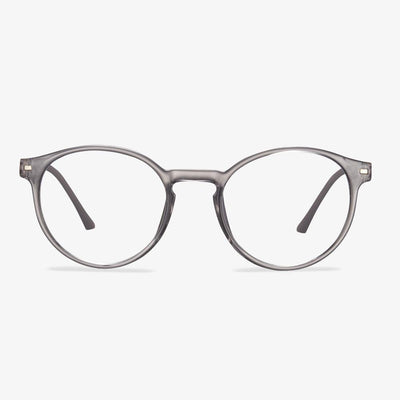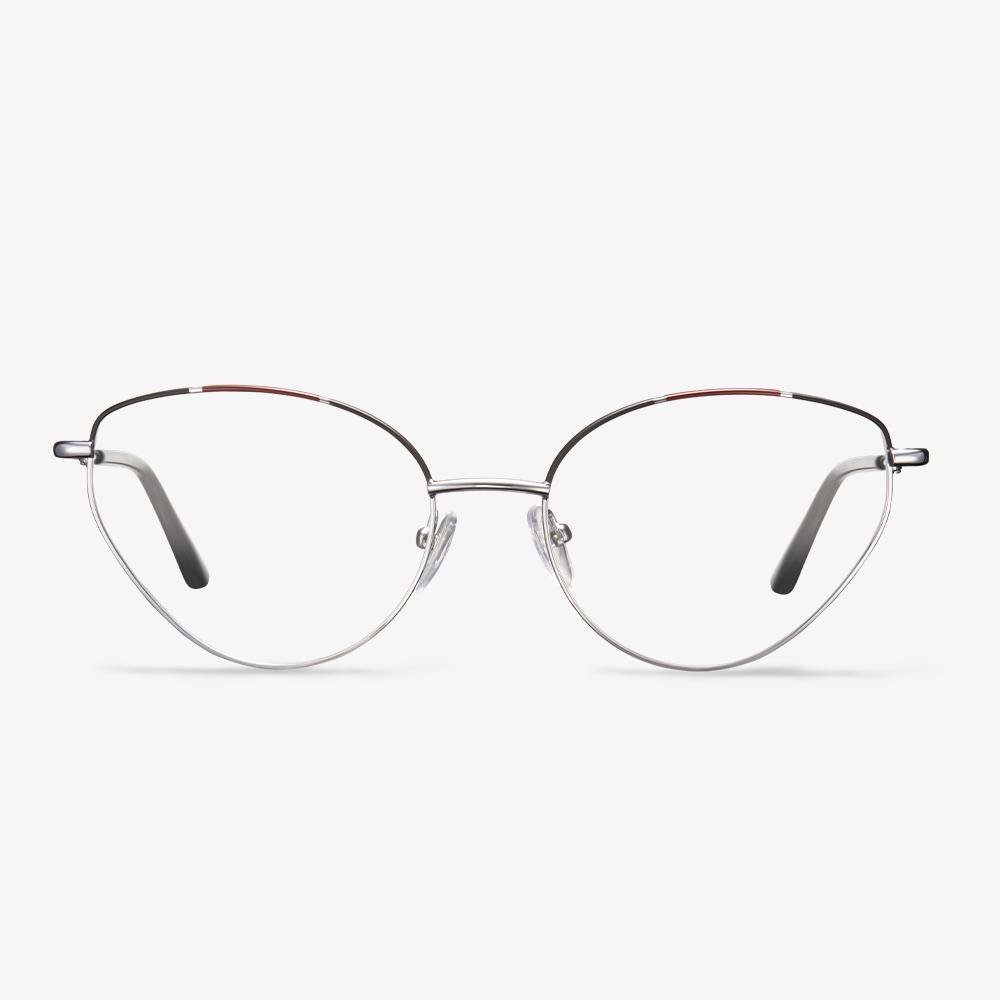What is blue light?
Blue light is an important part of natural light, and it is visible light with a wavelength of 400nm-500nm in the spectrum. Blue light can be divided into short-wave blue light (harmful blue light) and long-wave blue light (beneficial blue light). Short-wave blue light harms people’s vision and causes specific diseases, while long-wave blue light helps people maintain normal physiological functions, regulate biological rhythms, and treat specific diseases.
Blue light can be seen everywhere in daily life. In addition to blue light in the sun, electronic products such as TVs, computers, mobile phones, ipads, and LED lights also produce blue light in our daily.
How to Combat the Photophobia?
Photophobia can’t be completely prevented, but it can be managed. So, you can try the following suggestions.
- Wear photophobia glasses, computer glasses, or glasses for light sensitivity.
- Choose natural lighting for indoor settings when possible.
- Consider vision therapy.
- Wear blue light blocking glasses.
- Seek medical attention if symptoms worsen.
So, from the above information, you can find that you can wear photophobia glasses to relieve the photophobia. What are the benefits of photophobia glasses.
What Is Photophobia?
There are a lot of reasons causing our eyes discomforts, such as moving between indoors and outdoors on bright sunny days, staring at computer screens all day, driving at night, or watching TV. If the discomfort worsens over time with accompanying symptoms such as intense pain, excessive squinting, excessive tearing or burning sensations, it may become an eye condition called photophobia or light sensitivity.
One of the symptoms of photophobia is intolerance of light. To some degree, most of us are sensitive to bright or fluorescent lights, but those suffering from photophobia may experience a range of symptoms - from minor or mild irritation to serious debilitating reactions. The symptoms can include dizziness, headaches, migraines, server eye pain, excessive blinking, blurriness, and eye inflammation.
So, they are a few ways to combat photophobia.
The Pros of Progressive Lenses
In this section, we will show you the benefits of progressive lenses.
One of the major advantages of progressive lenses is that the design of progressive lenses blends the prescription. There is no image jump or visible line on the lens. This enhances your comfort with your lenses and can be safer when performing tasks such as driving.
With progressive lenses, you don’t have to switch other glasses frequently. Progressive lenses correct distance, intermediate, and reading vision within one lens. So, it can bring you great convenience.
How to protect your contact lenses?
When wearing contact lenses, do not drop any eye drops, and only use a special moistening solution for contact lenses. In daily life, we recommend that dry eyes can be relieved with lubricating fluid, but we do not advocate frequent use of lubricating fluid, so as not to make the eyes become dependent on lubricating fluid. The right way is to do blink training. The ingredients contained in the eye drops will remain in the lenses, which will cause certain damage to the eyes and pollute the lenses. Some eye drops can make the lenses tinted after use, which will affect the transmittance and a refractive number of the lenses and make the vision blurred. Ladies who need to make up should wear contact lenses before making up. When removing makeup, remove contact lenses before removing makeup, to avoid the makeup sticking to the lens and damaging the lens and eyes. Lenses should not be lent to others to avoid cross-infection of eye diseases. You can't wear contact lenses while swimming or bathing.
Different Type of Lenses: How to Choose
In this section, we will list some of the lenses for glasses.
Plastic lenses: In 1947, the Armorlite Lens Company in California introduced the first lightweight plastic lenses. The lenses were made of a plastic polymer called CR-39, because it was the 39th formulation of a thermal-cured plastic developed by PPG Industries in the early 1940s. Plastic lenses are light and low cost.
Polycarbonate lenses: polycarbonate lenses were first introduced in the 1970s and they have become increasingly popular anad remained for a long time. Polycarbonate glasses are slighter and significantly more impact-resistant than CR-39 plastic, making them a preferred material for children’s eyewear, safety glasses, and sports eyewear.
How to do with it?
Wash your glasses once a week to avoid future accumulation. Remove the green goo with a soft cloth, a cotton swab, some mild dishwashing liquid, alcohol, and a soft-bristled toothbrush. Ultrasonic cleaning machines can remove dirt and green mud because vibration can do with micro-mud. This device is available in most optician stores, so you can have your glasses cleaned there. Just like anything we use, glasses need to be replaced. It is recommended that you replace the nasal pad with a new one every 6 months to keep it sanitary.


















































